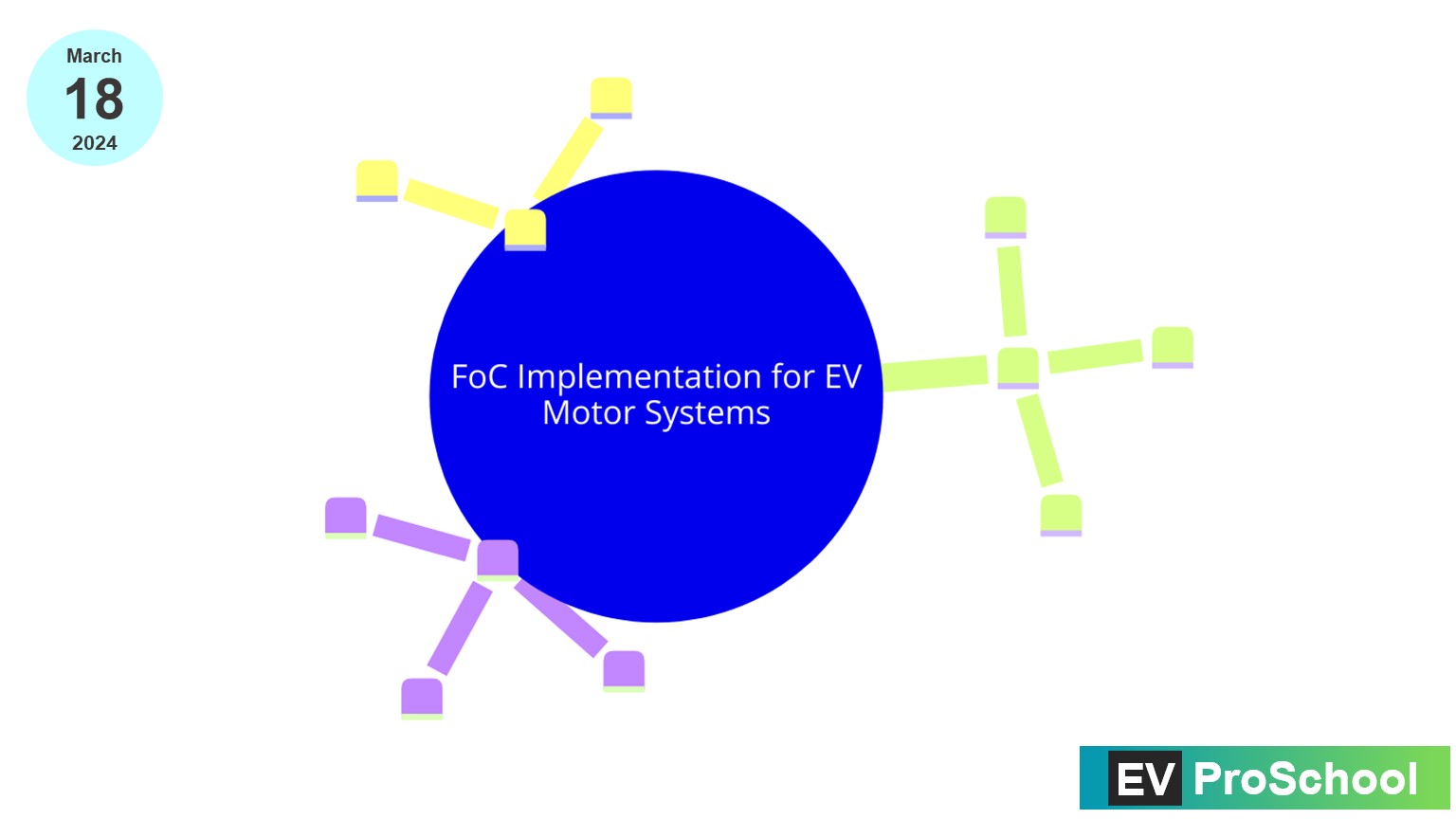In the realm of electric motor control, the quest for efficiency, precision, and smooth operation has led to significant advancements in control strategies. Field-Oriented Control (FoC) and Sine Control stand out as two pivotal techniques that have revolutionized motor controller design. As an industry veteran, I’ve witnessed firsthand the transformative impact of these strategies on the performance and reliability of electric motors. This blog post delves into the intricacies of FoC and Sine Control, exploring their design, development, and the unique advantages they offer in motor control applications.
Field-Oriented Control (FoC)
FoC, also known as vector control, is a sophisticated control strategy that decouples the torque and flux components of the motor, allowing for independent control of each. This approach provides unparalleled precision in motor control, enabling the motor to operate efficiently over a wide range of speeds and loads.
Design Considerations
The implementation of FoC requires a detailed understanding of the motor’s dynamics and the integration of advanced sensors for accurate current and rotor position measurements. The design process involves:
- Sensor Selection: Choosing the right sensors for current and position feedback is crucial for the accurate execution of FoC algorithms.
- Motor Parameter Identification: Accurate motor parameters, such as resistance, inductance, and flux linkage, are vital for the correct modeling and control of the motor.
- Algorithm Development: Developing the FoC algorithm involves programming the motor controller to calculate the appropriate voltage vectors based on the desired torque and flux levels.
Development Challenges
FoC development poses several challenges, including:
- Sensor Noise and Errors: Minimizing the impact of sensor inaccuracies on control performance.
- Real-Time Processing: Ensuring the motor controller can perform complex calculations in real-time to adjust voltage vectors promptly.
- Thermal Management: Managing the heat generated by the motor and electronics to maintain optimal performance.

Sine Control
Sine Control, often used in conjunction with permanent magnet synchronous motors (PMSMs), relies on generating sinusoidal current waveforms to produce smooth and efficient motor operation. This control strategy excels in applications requiring low noise and vibration.
Design Considerations
Designing a motor controller with Sine Control involves:
- Waveform Generation: Developing algorithms to generate precise sinusoidal waveforms that match the motor’s electrical characteristics.
- Current Control: Implementing current control loops to maintain the sinusoidal current shape despite load variations.
- Feedback Systems: Integrating feedback mechanisms to adjust the waveforms in real-time, ensuring consistent motor performance.
Development Challenges
Sine Control development includes challenges such as:
- Harmonic Distortion: Reducing harmonic distortion in the current waveforms to prevent efficiency losses and excess heat.
- Dynamic Response: Balancing the smoothness of operation with the need for quick response to load changes.
- Efficiency Optimization: Maximizing motor efficiency across various operating conditions while maintaining sine waveform integrity.
Control Strategy Comparison and Integration
While FoC offers superior control over motor dynamics, Sine Control is renowned for its smooth operation and reduced noise. The choice between the two often depends on the specific application requirements, with many advanced motor control systems integrating aspects of both to leverage their respective strengths.
Integration Benefits
Combining FoC and Sine Control can yield numerous benefits, including:
- Enhanced Efficiency: By optimizing torque production and minimizing losses.
- Improved Performance: Through precise control over motor speed and position.
- Reduced Noise and Vibration: Making the motor system more suitable for noise-sensitive applications.
Conclusion
The development and implementation of FoC and Sine Control strategies have marked a significant milestone in motor control technology. By offering enhanced efficiency, precision, and smoothness, these control techniques have become fundamental to the advancement of electric motors. As technology continues to evolve, the integration of these strategies will play a crucial role in meeting the increasing demands for high-performance motor control solutions in various industries, including automotive, robotics, and renewable energy systems.
The journey of designing and developing control strategies for motor controllers is a testament to the relentless pursuit of innovation in the electric motor industry. As we continue to push the boundaries of what’s possible, FoC and Sine Control will undoubtedly remain at the forefront of this exciting field, driving the future of motor technology towards even greater heights of achievement.



